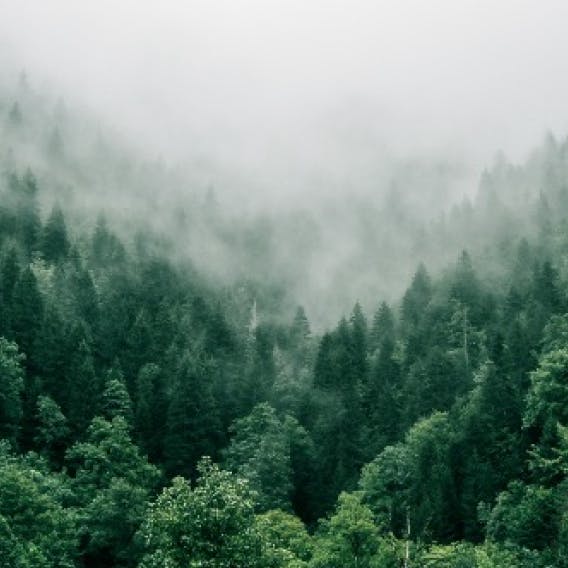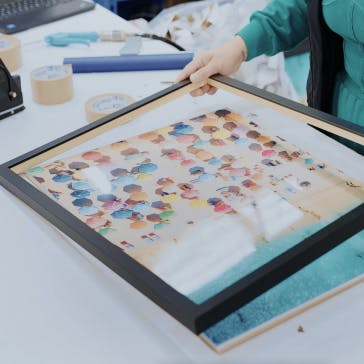Bewertet mit 4,6 auf Reviews.io
Bewertet mit 4,6 auf Reviews.io
Startseite / Kinder / Spielzeuge / Kinderspielzeug / Nils Olsson Dalahorse Red


Our quality prints

{Missing key :product/printing-info-1-heading}
{Missing key :product/printing-info-1-content}

{Missing key :product/printing-info-2-heading}
{Missing key :product/printing-info-2-content}

{Missing key :product/printing-info-3-heading}
{Missing key :product/printing-info-3-content}

{Missing key :product/printing-info-4-heading}
{Missing key :product/printing-info-4-content}
Our quality frames

{Missing key :product/framing-info-1-heading}
{Missing key :product/framing-info-1-content}

{Missing key :product/framing-info-2-heading}
{Missing key :product/framing-info-2-content}

{Missing key :product/framing-info-3-heading}
{Missing key :product/framing-info-3-content}

{Missing key :product/framing-info-4-heading}
{Missing key :product/framing-info-4-content}
Premium-Internationaler Versand für Fr11.99
Kommt schon bald an, wenn Sie heute bestellen! Voraussichtliche Lieferung: Di. 24 Dez. – Do. 26 Dez.
14-tägige Rückgaberecht
Wir kompensieren die CO2-Emissionen für Lieferung & Verpackung bei jeder Bestellung.
5-Sterne-Kundensupport im Live-Chat
 Produktdetails
Produktdetails
Handmade - each horse is completely unique and slightly different each one beautifully hand painted by Swedish craftsmen. The original DalaHorse (Dalahäst) has been around for many centuries, and probably was created by Swedish woodcutters in the province of Dalarna near Mora. During the long winters, these lonely men would spend their evenings away from their families, and passed their time by carving little toys for their children. While these carved wooden toys, made from the scraps of the men's occupation, were mostly horses, some were also roosters or pigs. However, the most enduring of these little creatures remains the DalaHorse. The bright, happy little animal as we now know the DalaHorse probably originated in the 1700's. The carving of the stocky little tailless horses had become a well-established tradition, but up until this time they had been unpainted and had just the natural grain of the wood for ornamentation. In the winter of 1716, while King Charles XII of Sweden waged war throughout most of Europe, many soldiers were quartered in private homes in the Mora area of Sweden. Because of the severe winter and the war, all suffered from lack of food and warmth. Tradition has it that one such soldier, in his spare time, carved a DalaHorse from some scrap wood in the home where he was staying. Before presenting it to the child of the home as a gift, he painted it a bright red. This was a readily available color in this area, being produced from the copper mine at the nearby community of Falun. He decorated the horse with kurbit painting for the harness and saddle. The use of kurbits as decorative motifs on the horse came from the soldier's deep religious background. It is the kurbit, or gourd, plant which grew up around Jonah as he sat outside the city of Ninevah, and protected him from the sun's devastating rays. In return for this bright toy, the woman of the house gave the soldier a bowl of soup. He made another horse and received another bowl of soup. When word of his success in bartering for food reached the other soldiers, they too began carving and painting horses in exchange for food. Thus the DalaHorse is credited in part with the army's surviving the cruel winter. DalaHorses traditionally were made during the long fall and winter evening hours when the weather prevented any outdoor work from being done. Although they are a natural outgrowth of the clock and furniture making industries common in the Dalarna Province, the DalaHorse has evolved into a symbol of all Swedish handicrafts. The traditional color of DalaHorses is a bright orange-red, but they are also to be found in natural wood, or painted white, blue, or black, all with brightly colored painted kurbit-type trim.
 Versand und Rücksendungen
Versand und Rücksendungen
Das Produkt wird versendet von: Radish Loves in Marlborough, UK.
Premium-Internationaler Versand für Fr11.99
Kommt schon bald an, wenn Sie heute bestellen! Voraussichtliche Lieferung: Di. 24 Dez. – Do. 26 Dez.
14-tägige Rücksendungen
Bei Artikeln, die zur Rückgabe berechtigt sind, haben Sie ab Lieferung 14 Tage Zeit, um eine Rücksendung anzumelden. Mehr erfahren.
Bestellungen zwischen dem Vereinigten Königreich und der EU?
Es gibt keine versteckten Gebühren oder zusätzlichen Kosten, sobald Sie Ihre Bestellung bezahlt haben. Genießen Sie sorgenfreies grenzüberschreitendes Einkaufen. Mehr erfahren

